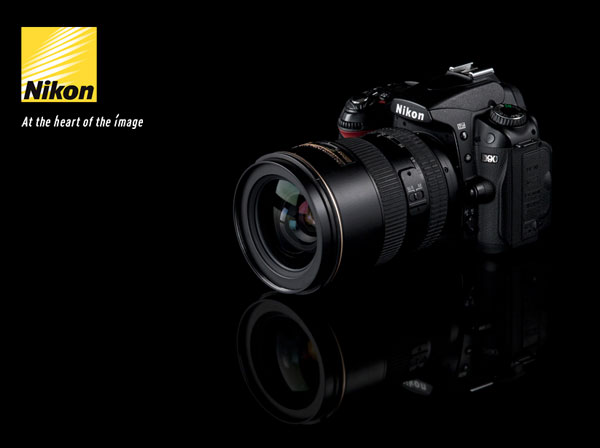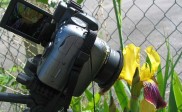Commercial and Advertising Photography Tips and Techniques
Shooting photographs for commercial and advertising is a challenging task, but it does not have be daunting. This area of photography is usually chosen as a speciality by a photographer who has had a few years experience. It is a diverse area, as you could be dealing with shots for travel, product, fashion or advertising.
An important point to you will need to remember is that both areas are different, and that each area requires its own unique skills and equipment.
* Commercial photography: Usually involves taking pictures that will be solely in the retail and wholesale sectors, or used to create images for sales materials or promotional efforts.
* Advertising photography: Usually involves snapping many different types of shots with most being used to sell various products or just to market ideas. For this area the photographer may be required to move around to various locations indoors and outdoors.
As a commercial and advertising photographer time is of essence. You must be able to deliver your product on time. Travel photography will present challenges such as weather conditions and a tight schedule to work with, but you must be able to deliver the goods. Here are some tricks and techniques that can be of significant help in commercial and advertising photography.
1. Invest in the right equipment
This was maybe the first thing you thought of and that is good. In this area of photography the right gear is absolutely essential. As a basic guide, a DSLR camera is the best option for commercial and advertising photography. A 10 megapixel camera is the least you should get. Most magazines do their publications in 270 dpi, or for artistic or glossy publications they use 300 dpi. A ten megapixel camera at 270 dpi will yield acceptable results.
Consider using a lens that offers flexibility so that you can set up in one place and not have to move around. A fast lens of approximately f/3.5 or less, that offers mid zoom, should be a good choice as it will help with lighting and can easily throw your background out of focus. You can keep the camera steady with a tripod or if you rather having the camera in hand, use a stabilized lens. Other bits of equipment include:
* Portable lighting fixtures, along with a few essential filters: The neutral density (ND) and the polarizer are the least you should have. These filters can be used to avoid issues with glare or lens flare and are also useful for capturing colors in a concentrated amounts.
* A lens hood: Useful for dealing with issues caused by the sunlight.
2. Learn to snap at the right moment and make each image count
Something as simple as two seconds of reflection just before you depress the trigger can make all the difference between your shot becoming a throwaway snapshot or a publishable image.
3. Understudy another photographer’s work
Look at some illustrious glossy photos and try to figure out how the photographer got that shot and why he made the shot the way he did. Use this method to practice so that you can learn and even develop your own studio/lighting skills.
As with all areas of photography, there are common techniques used by all photographers, but there is always room to be unique. Commercial and advertising photography are for those who dare to be different, and are creative and dedicated to their craft.




